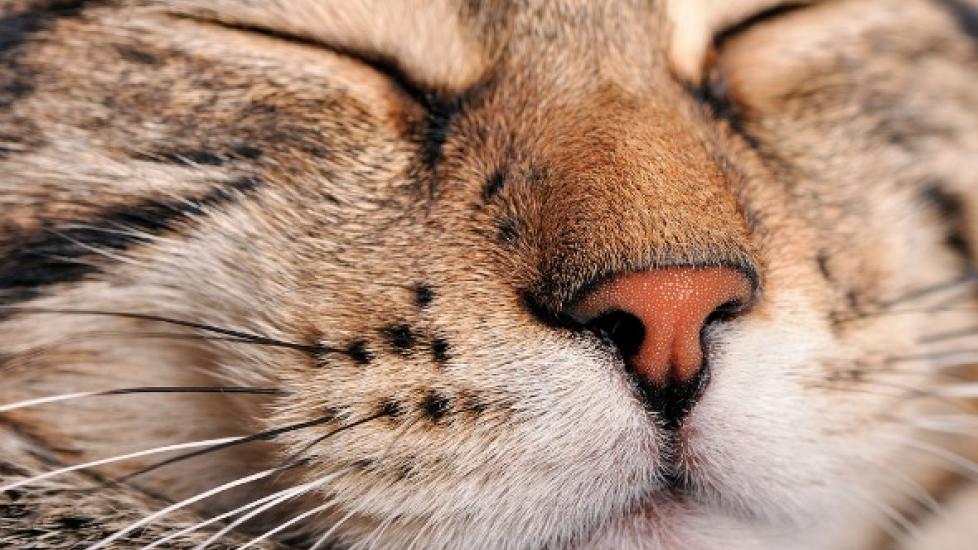Nose Bleed in Cats
Epistaxis in Cats
A bleeding nose can be the result of several conditions. One such condition is coagulopathy — a condition where the blood is not coagulating as it should. There are several other possible causes for nose bleeds: a wound or injury that is not apparent, such as from a snake bite; disease, like cancer in an organ, leukemia, or a number of other diseases. Regardless of the cause, this is a condition that needs to be checked out by your veterinarian promptly.
Diagnosis
It will probably take several tests to determine what is causing the bleeding. Your veterinarian will first want to know if your cat is suffering from anemia, and if so, how critical it is. A complete blood profile will be conducted, including a chemical blood profile, a complete blood count, and a urinalysis. Other tests will be used to determine whether the blood platelets are normal, and whether there is bone-marrow disease. A coagulation profile will be conducted to determine whether the bleeding is caused by a clotting problem.
A thyroid test will also be performed, so that your doctor may determine whether there is evidence of Rocky Mountain spotted fever. You will need to give a thorough history of your cat's health and recent activities. Some x-rays may be required, as well as a computerized axial tomography (CAT) scan.
Treatment
If your cat is suffering from coagulopathy, it will need to stay in hospital for further treatment. If the coagulating problem is caused by a condition like liver disease, the underlying cause will be treated. Do not give your cat non-steroidal anti-inflammatory drugs (NSAIDs), or any other medication without first consulting your veterinarian. If the cause is a clotting abnormality (hemophilia), a transfusion will be necessary. If your pet is found to be anemic, but the bleeding is from a cause other than a coagulating problem, it will probably be given a blood transfusion. If it is determined that a platelet problem is causing the bleeding, the anti-inflammatory prednisone may be prescribed. For an infectious disease, doxycycline is often prescribed to be given over a three- to six-week term. For bone-marrow tumor growth (neoplasia), chemotherapy or radiation therapy may be prescribed. If the bleeding is caused by a bacterial infection, your veterinarian will prescribe antibiotics.
Or, the bleeding may be based on conditions in the nasal passages. If the bleeding is coming from tumors in the nasal passages, your veterinarian will determine the course of treatment. Radiotherapy is one possible treatment of choice, but if the bleeding is caused by a foreign body in the nasal passages that is not removable by probing, surgery may be necessary. If there is fungus in the nasal passages, surgery may be required to removed some of it in order for further treatment to take place. For a fungal infection, medication prescribed by your veterinarian for the specific fungus will need to be applied through the nasal cavity.
Living and Management
In case of serious hemorrhage, your cat should be given cage rest to lower blood pressure and promote clotting. Nasal sprays (approved by your veterinarian) of diluted epinephrine may help. Once your cat returns home, it should be kept calm and anything excitable should be avoided in order to prevent hemorrhaging episodes. Your veterinarian should educate you about what to watch for in case of a serious hemorrhage, such as weakness, collapse, pallor, or the loss of large amounts of blood.
Help us make PetMD better
Was this article helpful?
